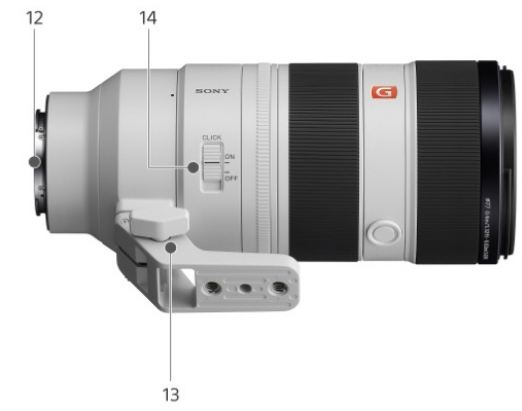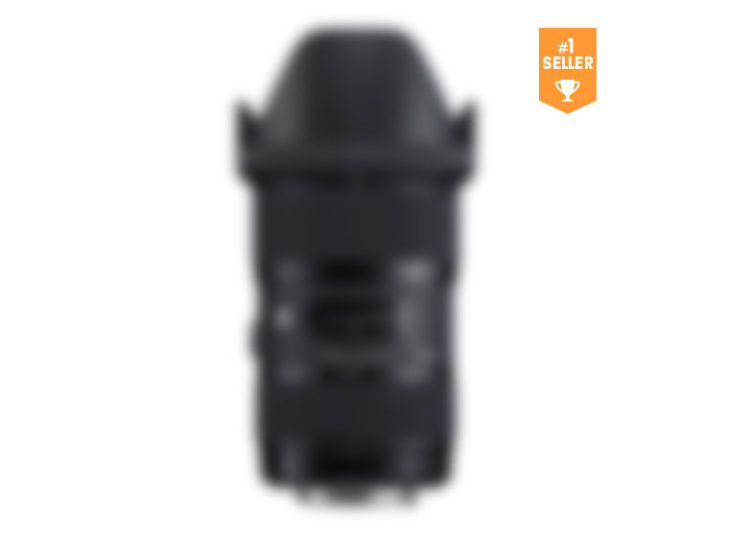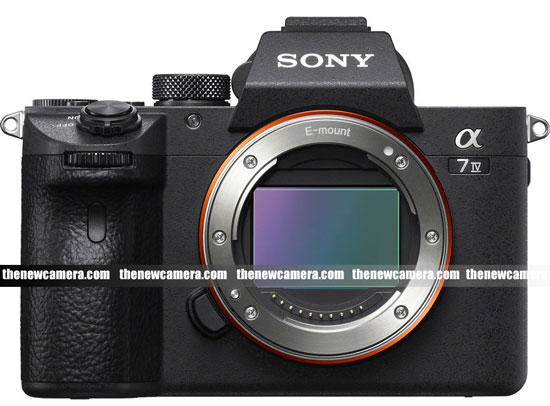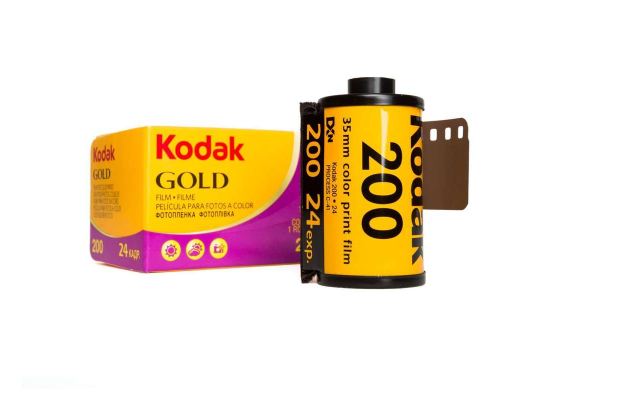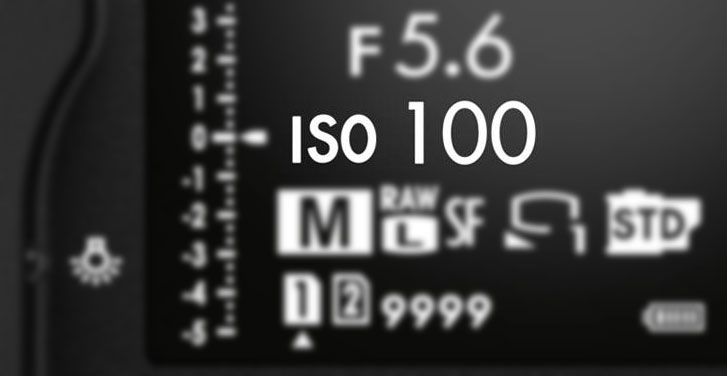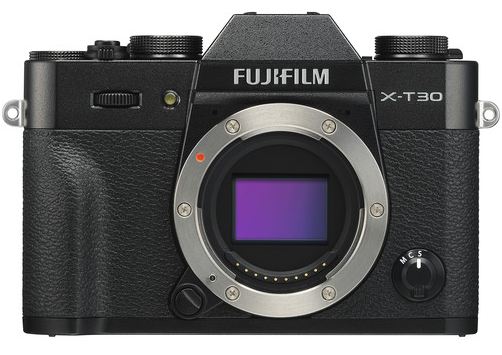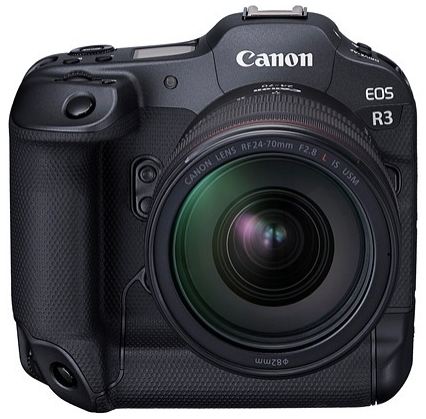
Finally, Canon EOS R3 Camera was announced today, the camera features a 24MP Stacked CMOS Dual Pixel AF sensor designed and manufactured by Canon. with the help of a new sensor and image processor the camera is able to grab continuous frames up to 30 FPS, with no viewfinder blackout and very well-controlled rolling shutter.
The camera is capable of shooting 6K 60p RAW and 4K 120p 10-bit uncropped video with Canon Log 3 support. The Camera autofocus system has now upscaled, now you have dedicated motorsports motion tracking modes. The most eye-catching feature of the EOS R3 is its Eye Control AF system that lets you select an AF position by looking at your subject, making it easy to quickly select which subject you wish to track (with some basic training time of course you will become a master).
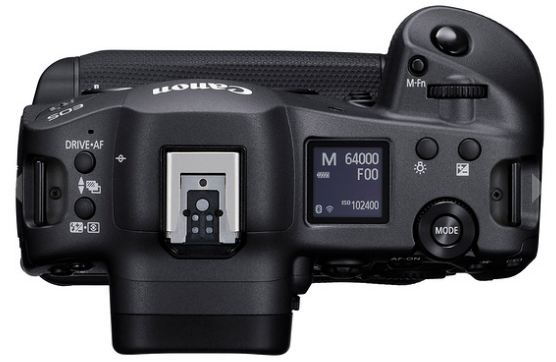
The Canon EOS R3 has featured a dual grip design with an AF joystick on the rear side of the camera and you will find the same infrared Smart Controller featured on the EOS-1D X Mark III. Coordinated 5-axis IBIS helps to correct operator motion or shaking providing dependent video capturing even when using a lens without built-in Optical IS.
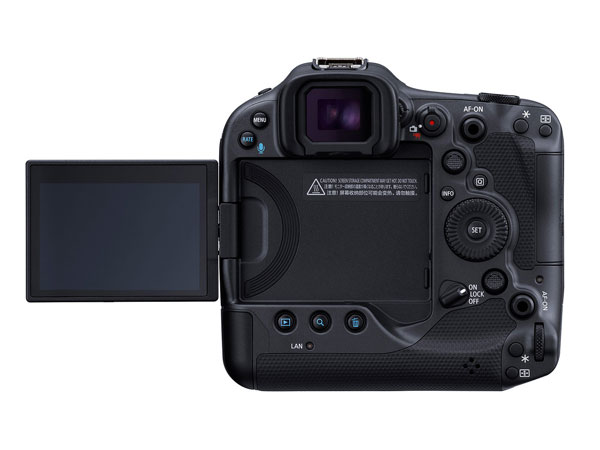
The Canon EOS R3 will be available from November 2021 with a recommended selling price of $5999.
Canon EOS R3 Full Specification Download
Canon R3 Announced Press Release
The EOS Revolution Continues: Canon Officially Announces the Company’s Most Technologically Advanced Full-Frame Mirrorless Camera, the Professional-Grade EOS R3
MELVILLE, NY, September 14, 2021 – Building on the success of the EOS R camera series, Canon U.S.A. Inc., a leader in digital imaging solutions, today announced the next leap forward in full-frame mirrorless cameras – the professional-grade Canon EOS R3. The new camera leverages the advancements in technology that Canon has developed since the original EOS R launch in 2018 and bridges the gap between the immensely popular EOS R5 and the world-renowned Canon flagship EOS-1D X line. The EOS R3 is the first “3” series camera from Canon since the widely used EOS-3 film camera launched in 1998.
The EOS R3 camera’s features greatly emphasize superb AF performance and speed with fast-moving subjects. It was designed to meet the reliability and durability demands of professionals, even when working in some extremely challenging conditions.
“The launch of the EOS R3 sets a new benchmark for the Canon EOS R camera system. Canon listened carefully to the voices of professionals when developing a camera to meet their standards,” said Tatsuro “Tony” Kano, executive vice president and general manager of Canon U.S.A.’s Imaging Technologies & Communications Group. “The EOS R3 is a monumental evolution in digital imaging technology. I look forward to seeing the camera in action on the sidelines of sporting events and in the hands of nature and wildlife photographers across the globe.”
The core of the EOS R3 features a Canon designed and manufactured 24.1-megapixel back-illuminated stacked CMOS sensor. The sensor is the first of its kind from Canon, and when combined with the DIGIC X processor, delivers a high-speed readout allowing for continuous blackout-free shooting1 at up to 30 fps in electronic (silent) shutter mode and up to 12 fps in mechanical shutter, with minimum rolling electronic shutter distortion. The combination also increases the high sensitivity, light-capturing efficiency of a native ISO range of 100-102400, expandable up to 204,800 for still images. Like the EOS R5 and R6, the camera features the improved Dual Pixel CMOS AF II with 1,053 AF Points and evolved EOS iTR tracking down to EV -7.5 for subjects such as eye, face, head, animals2, and select cars and motorcycles. In addition, the camera features up to 8 stops3 of in-body image stabilized (IBIS) shake correction.
Leveraging technology and performance feedback from the popular EOS R5 and EOS R6 cameras, the EOS R3 uses Deep-Learning technology to further enhance eye and body detection for even better performance during portrait and action-type shooting. Featuring a new 5.76-million-dot and 120fps blackout-free1 Electronic Viewfinder, the EOS R3 camera will provide photographers with the ability to select the initial area for AF tracking by simply looking directly at the viewfinder location where they want to begin AF. With Eye input AF2 and Servo AF activated, the camera will focus on and track moving subjects at that location in the frame. When Face Detect + Tracking is active, the camera will continue to follow moving subjects around the entire active AF area.
The EOS R3 camera doesn’t just capture spectacular still images, it also packs impressive video specs as well. The camera is capable of shooting 6K 60p RAW and 4K 120p 10-bit uncropped video with Canon Log 3 support, in addition to the possibility for oversampled 4K and RAW movie internal recording. Canon Log 3, which is frequently used in cinema production, helps to reduce the possibility of highlight blowouts. What’s more, the features such as industry standard BT.709, BT.2020 color gamuts, and cinema gamut help to maintain color and tonal consistency. Coordinated 5-axis IBIS helps to correct operator motion or shaking providing dependent video capturing even when using a lens without built-in Optical IS.
Additional features of the EOS R3 Full-Frame Mirrorless Camera include:
- Canon’s next-generation Multi-Function Shoe that is compatible with a variety of accessories including the Speedlite EL-1, and new accessories such as the ST-E10 Speedlite Transmitter, External Mic and Smartphone Link Adapter
- One-piece magnesium alloy design, integrating the body with a vertical grip section
- Weather and dust resistance equivalent to EOS-1D camera models.
- Mobile File Transmitter application for iOS® and Android® devices allows photographers to transfer their images quickly and easily without the need for wired LAN equipment
- Built-in Wired LAN, 5GHz Wi-Fi®, USB and Bluetooth® technology
- Dual-card slots, supporting one CF express and one UHS-II SD
The Canon EOS R3 Full-Frame Mirrorless Camera is scheduled to be available in November 2021 for a suggested retail price of $5999.00*. For more information, please visit usa.canon.com
* Specifications, availability and price are subject to change without notice. Actual prices are set by individual dealers and may vary.
1 Blackout(s) may occur in some cases; such as when the built-in memory is full or when the flash battery is fully recharged after the battery ran out during continuous shooting.
2 Effectiveness varies depending on the subject. In some cases, dogs, cats or birds may not be detected, while some animals other than dogs, cats or birds may be detected.
3 When combined with certain IS lenses such as the RF24-105mm F4 IS L USM, or when used with certain non-IS lenses as well. See individual lens product page for more information.
LIVE RUMORS –> FACEBOOK | TWITTER | INSTAGRAM to get live news + Canon rumors 24X7
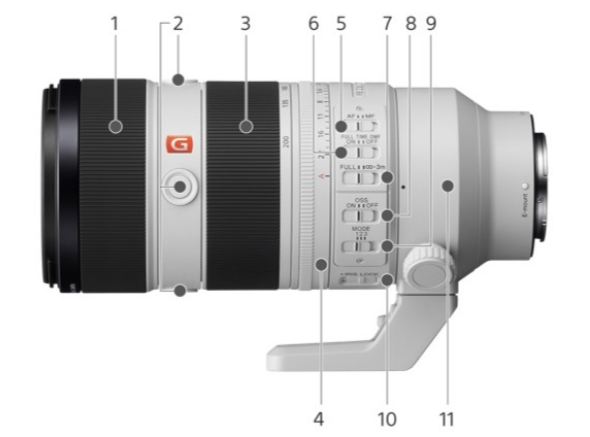 According to the latest rumors, Sony 70-200mm F2.8 OSS II lens is coming very soon. Already in draft mode on many websites and waiting for final approval.
According to the latest rumors, Sony 70-200mm F2.8 OSS II lens is coming very soon. Already in draft mode on many websites and waiting for final approval.